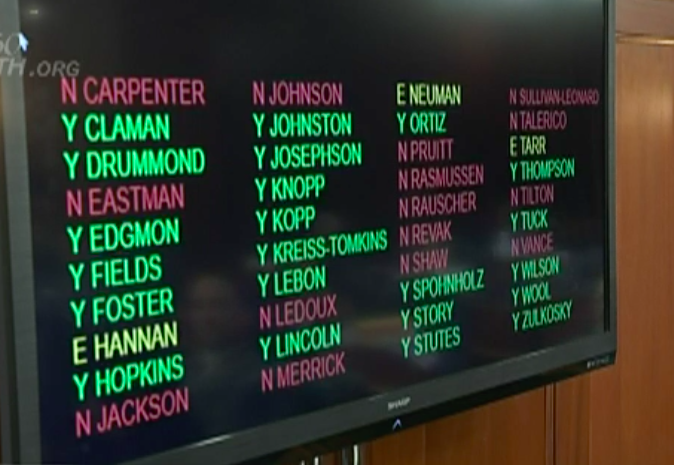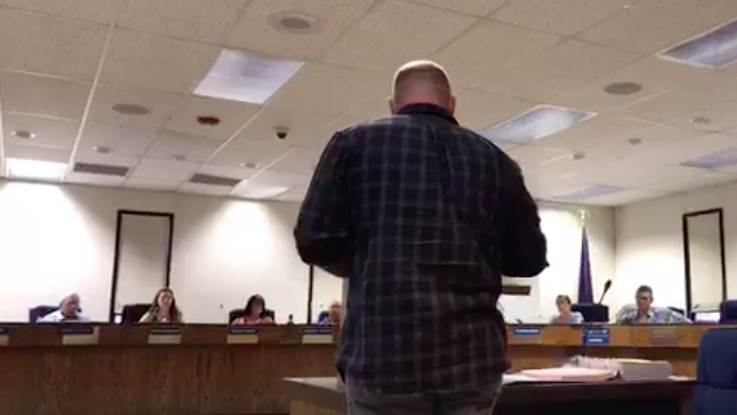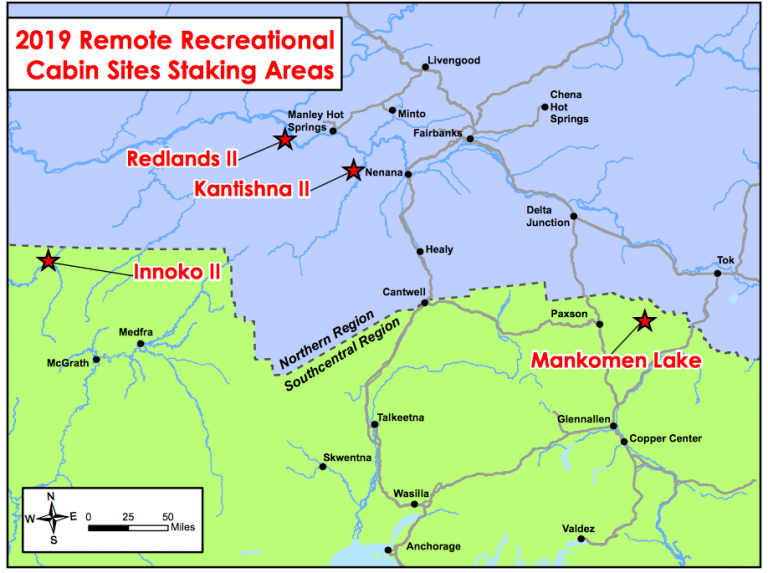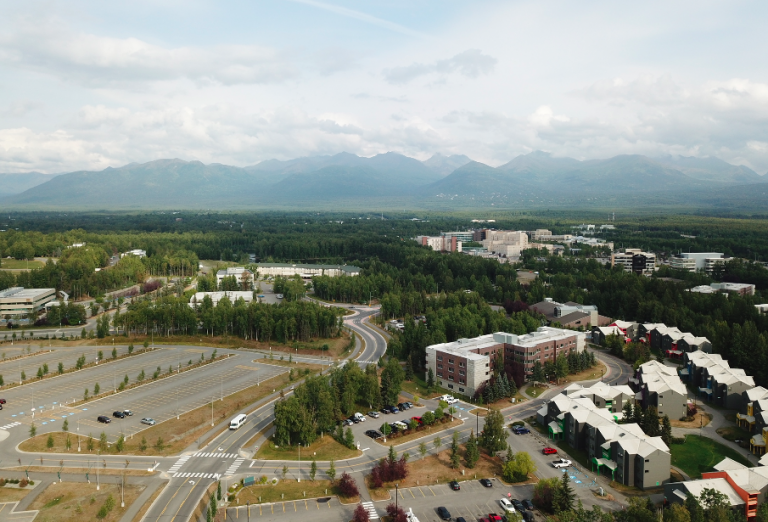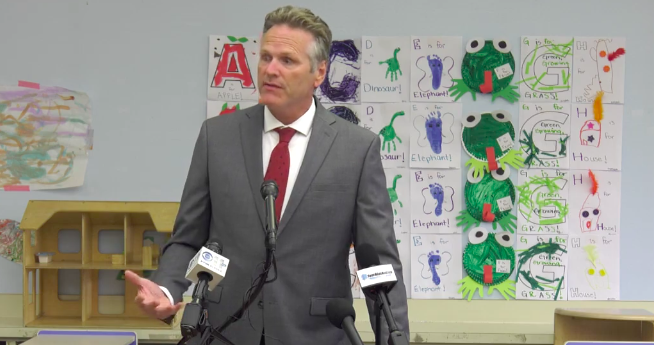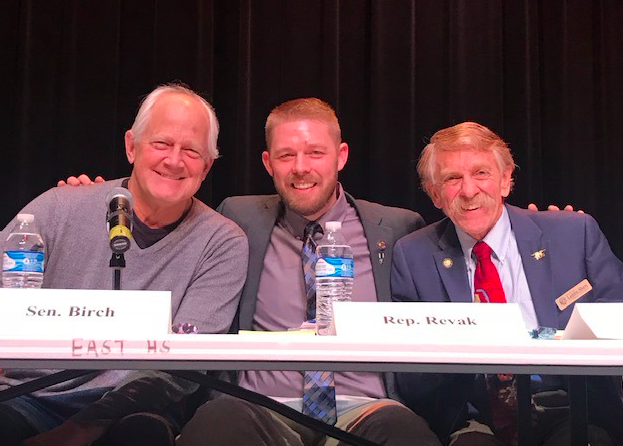Reading the tea leaves, it looks like $1,600 is what will be deposited into Alaskans’ bank accounts in October. It’s the will of the majority of the Legislature, many of whom are Republicans and most of the Democrats.
When it comes to this year’s Permanent Fund dividend, Gov. Michael Dunleavy has but two roads to take this week as he signs the Operating Budget:
- He can sign off on the Legislature’s $1,600 PFD, but cannot add more to it.
- He can veto the $1,600, and call the Legislature back into another special session to reconsider the $3,000 dividend, which is the statutorily defined amount.
As discussed here on Sunday, the governor is in a no-win situation with the public on this matter.
His critics — Democrats, State workers, and the CIRI board of directors — would happily cash their $3,000 dividend checks as they skip on down to the local polling station to vote to recall Dunleavy. Those critics are not going to support the governor no matter what the dividend is; they were never on the Dunleavy train to begin with.
Dunleavy supporters who are concerned about the “Willy-Nilly Dividend” calculation by the Legislature may lose confidence in him. After all, Dunleavy is the guy who ran on returning to the statutory formula and he hasn’t been able to deliver. He quit the Senate to run for governor to do that.
But the leaves are turning crisp around Alaska, and many low- and moderate-income Alaskans need to order fuel for the winter, stock up provisions, and pay some overdue bills. A veto of the current $1,600 would mean working and poor Alaskans might not get a dividend at all this year. Ultimately, these are the people who Dunleavy has been fighting for; not the wealthy who don’t need the dividend, but for those who face hardship without it. Alaskans need to get beyond the uncertainty that now prevails on this fiscal matter that hits them in the pocketbook.
With the current political makeup of the two bodies, bringing the Legislature back into another special session will not yield a different result than the last special session: The Democrat-led House and the Republican-led Senate would once again use a PFD appropriation bill to add more spending into other parts of the budget, forcing Dunleavy to veto spending all over again.
That’s why, for the sake of families who are living from paycheck to paycheck, Dunleavy will probably choose accepting what the majority of the Legislature has deemed acceptable: $1,600.
It’s flawed, to be sure, since the half-dividend flies in the face of the statute that governs the calculation. Yes, the Legislature will have, for the third year, violated statute. They determined a “Father Knows Best” version of a dividend payment; it is clearly not what most of Alaskans want.
This goes back to the era of Gov. Bill Walker, when he vetoed half of the Permanent Fund dividend, and the two subsequent years, when the Legislature violated statute and paid Alaskans a politically negotiated amount. Then came Senate Bill 26.
SB 26, which passed in 2018, set forth rules for a predictable draw from the Earnings Reserve Account of the Permanent Fund for the purpose of funding government.
The bill was silent on how Permanent Fund dividends would be paid under this bill, which means that each year the Legislature will have to make it up as they go along. There has been no legislation this year to restructure how the dividend is paid, and so this year’s dividend amount violates another statute that has not been revised by the Legislature.
No one is more sensitive to these contradictory statutes than Dunleavy.
But while Dunleavy abides by the theory that the dividend is a transfer to the people of Alaska and not an appropriation, the courts have ruled the dividend is, in fact, an appropriation item. The Legislature is the appropriator.
Dunleavy is dealing with a Legislature that is not going to give Alaskans their statutory due. It’s a Legislature that, so far, has not been willing to allow the people to vote on a constitutional amendment to depoliticize the dividend calculation.
This constitutional matter is another core Dunleavy conviction he has had no luck in getting the Legislature to act on.
As powerful as an Alaska governorship is, Dunleavy cannot force legislators to appropriate more. Calling them back into special session for that purpose would only give them the opportunity, once again, to batter him in the press, and they would quickly blame him for Alaskans not getting any dividend at all.
With a recall petition circulating, Dunleavy also cannot politically afford to be tagged as the one governor who ran to save the PFD, but who vetoed it instead.
It’s worth remembering what this governor promised when running for office: He didn’t promise he’d get everyone the $3,000 that is owed this year, plus the $3,700 still owed from the previous three years.
What Dunleavy promised is that he would champion the full payment and the restoration of the payments still owed to Alaskans.
He proposed a budget, he proposed solutions to the calculation going forward, he wrestled with with the appropriating body, and as winter approaches, he’s probably going to have to play the hand they’ve dealt him. He can always continue fighting on for full restoration of the remainder.
Winter is coming. Something in Alaskans’ back pockets is better than nothing at this point.
